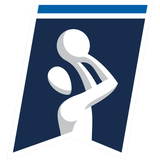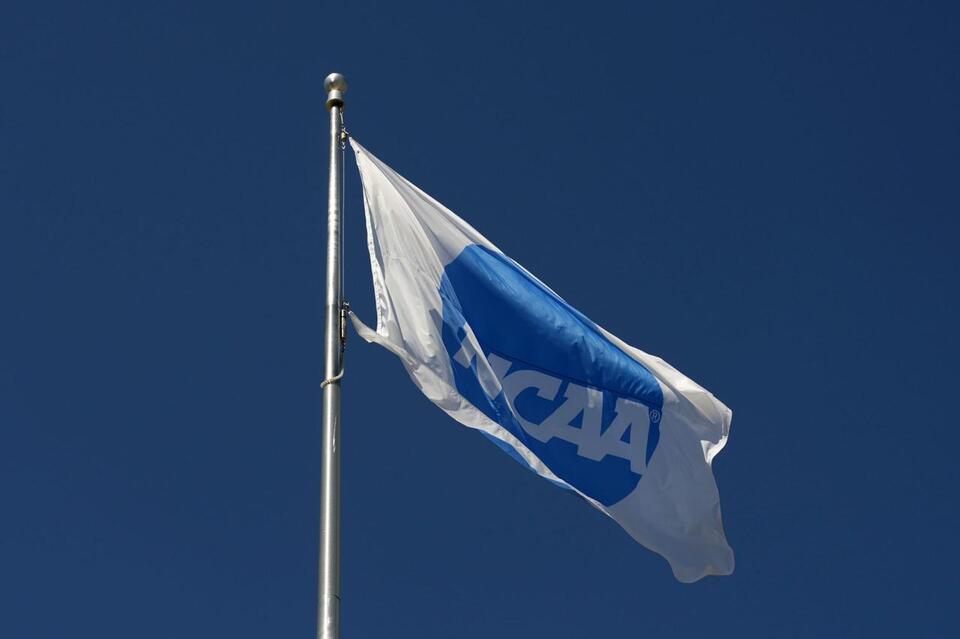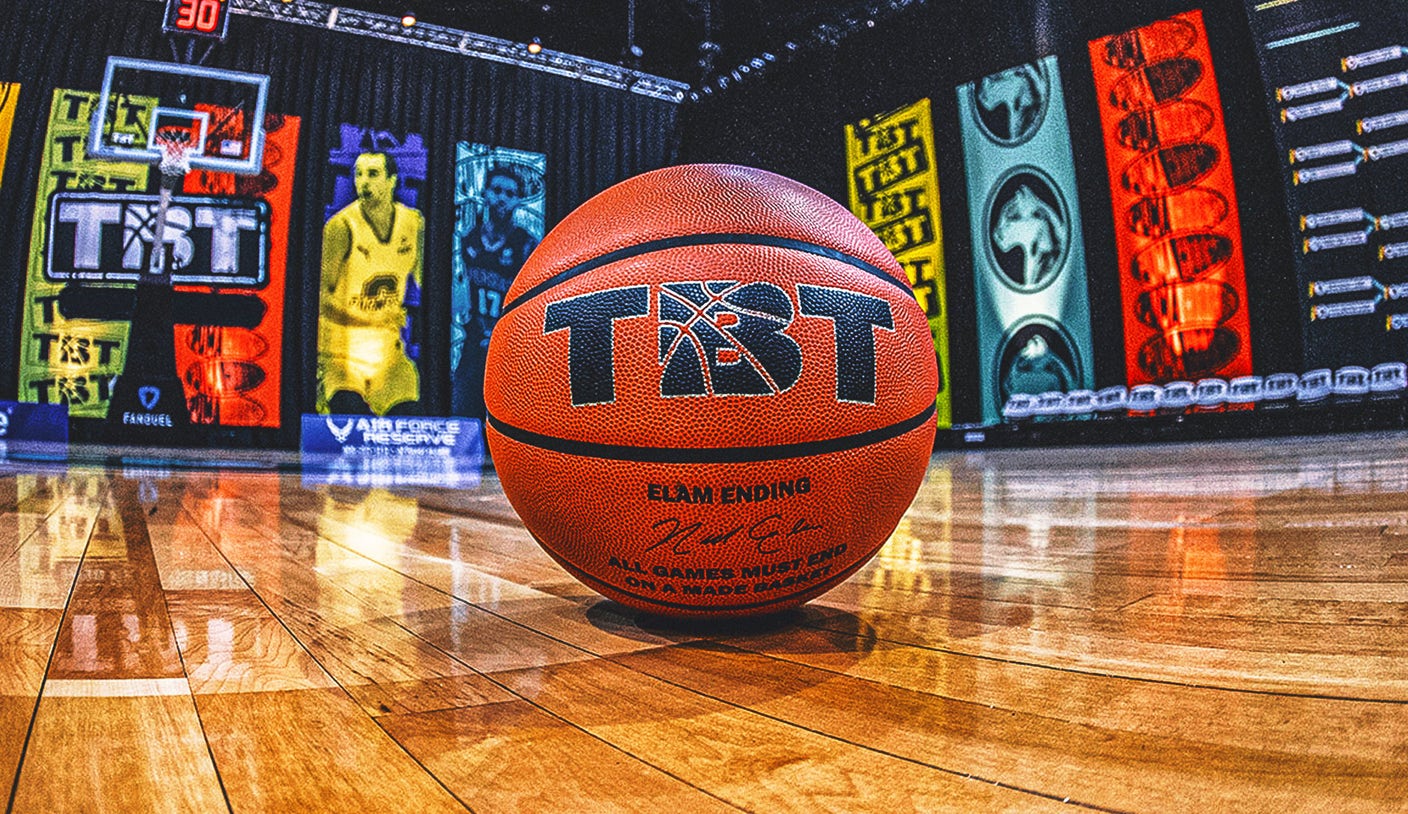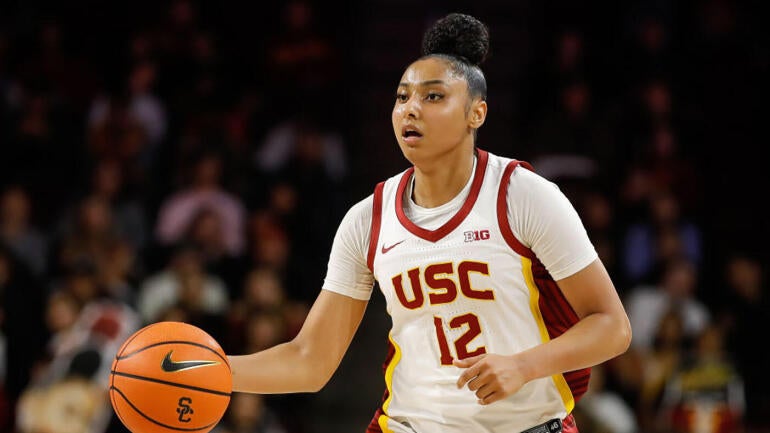TBT FANS, TODAY WAS FOR YOU ALL!!!
That is what the post read from the official TBT social media accounts after an electric day of TBT action, which included six Round of 32 games, five of which were decided by four points or fewer.
Here is a recap of Monday’s TBT action!
Stars of Storrs 78, Green Mountain Men 76
UConn men’s basketball fans know that Ryan Boatright is not afraid of the big moment. The former UConn guard and 2014 national champion hit a game-winning 3-pointer in the Elam Ending to deliver Stars of Storrs a memorable 78-76 win over Green Mountain Men.
Isaiah Whitehead scored a game-high 18 points for Stars of Storrs, while Boatright added 17 points in the victory.
Former Vermont standout Dylan Penn led Green Mountain Men with a game-high 20 points, while Ben Shungu chipped in 17 points and seven rebounds in the loss.
With the win, Stars of Storrs now advances to the next round and will take on We Are D3 at 7 p.m. ET Wednesday on FS1.
Carmen’s Crew 73, Fort Wayne Champs 69
Former Fairmont State standout Jamel Morris scored a game-high 20 points off the bench, while Keyshawn Woods chipped in 15 points on 6-of-7 shooting from the field to lead Carmen’s Crew to an impressive 73-69 win over Fort Wayne Champs on Monday.
After Carmen’s Crew starters got off to a slow start, the team’s bench picked up the slack, combining for 41 of the team’s 73 total points. Desonta Bradford, who added the final bucket in the Elam Ending, was the lone starter to score in double-digits for Carmen’s Crew, adding 11 points in the victory.
Jitaurious Gordon led Fort Wayne Champs with 16 points, while Tony Mitchell added 11 points in the loss.
Carmen’s Crew will advance to the next round and will battle Fail Harder at 8 p.m. ET Tuesday on FS2.
Heartfire 89, B Braun Sheffield Sharks 70
This was the lone game of the day that was not a close battle, and former Clemson star Tevin Mack was a large reason why. Mack, who played at Texas and Alabama before closing out his college career at Clemson, poured in a team-high 20 points and grabbed eight rebounds in Heartfire’s commanding 89-70 win over B Braun Sheffield Sharks.
Mack was not alone in his scoring efforts as Heartfire had five players in double-digits, including Eric Griffin, who added 12 points, and Marcus Hall, who chipped in 11 points in the win.
Prentiss Nixon scored a team-high 22 points for B Braun Sheffield Sharks, while Jordan Ratinho added 18 points off the bench in the loss.
With the victory, Heartfire will advance to take on JHX Hoops (Kansas Alumni) at 7 p.m. ET Wednesday.
We Are D3 81, Boeheim’s Army 78
Boeheim’s Army entered this year’s edition of TBT as one of the favorites to win the entire event, but We Are D3 had other ideas.
Ty Nichols put together one of the top individual performances in the tournament up to this point, scoring a game-high 36 points, including the final basket in the Elam Ending, as We Are D3 stunned Boeheim’s Army 81-76 in a thrilling back-and-forth contest.
Dimitrius Underwood, who played at Div. III Texas-Dallas before finishing his career at College of Charleston, enjoyed a solid outing with 14 points and seven rebounds in the victory.
Jacob Dilyard led Boeheim’s Army with 19 points, while Buddy Boeheim added 17 points and five rebounds.
We Are D3 will advance to the next round and go up against Stars of Storrs at 7 p.m. ET Wednesday on FS1.
Fail Harder 80, All Good Dawgs 77
Former University of Indianapolis guard Darius Adams had 24 points, seven rebounds and five assists to lead Fail Harder to an 80-77 victory over All Good Dawgs in a Round of 32 matchup on Monday.
Kobe Webster had 11 points, Reginald Kissoonlal chipped in 10 points, and Jordan Walker, who scored the final bucket in the Elam Ending to deliver Fail Harder the victory, added nine points and four rebounds in the victory.
Tyler Wideman led All Good Dawgs with 25 points, while Ty Groce added 21 points in the loss. Former Butler standout Shelvin Mack, who was a second-round pick by the Washington Wizards in the 2011 NBA Draft, was held scoreless in the game.
With the win, Fail Harder moves on to play Carmen’s Crew at 8 p.m. ET Tuesday on FS2.
JHX Hoops 59, Purple Reign 57
Former Kansas standout LaGerald Vick delivered when it mattered most for JHX Hoops.
With the game tied at 57-57 and a target score of 59, Vick stepped in front of a pass and took the ball the length of the court for a game-winning layup to seal the victory for JHX Hoops.
Zeke Mayo had a team-high 14 points, while David McCormack added nine points and 10 rebounds off the bench for JHX Hoops.
Cam Martin led Purple Reign with 14 points, while Carter Diarra and Shaun Williams each added 11 points in the loss.
JHX Hoops now moves on to the next round where they will face Heartfire at 7 p.m. ET Wednesday.
Want great stories delivered right to your inbox? Create or log in to your FOX Sports account, follow leagues, teams and players to receive a personalized newsletter daily.
recommended

Get more from the College Basketball Follow your favorites to get information about games, news and more




























































